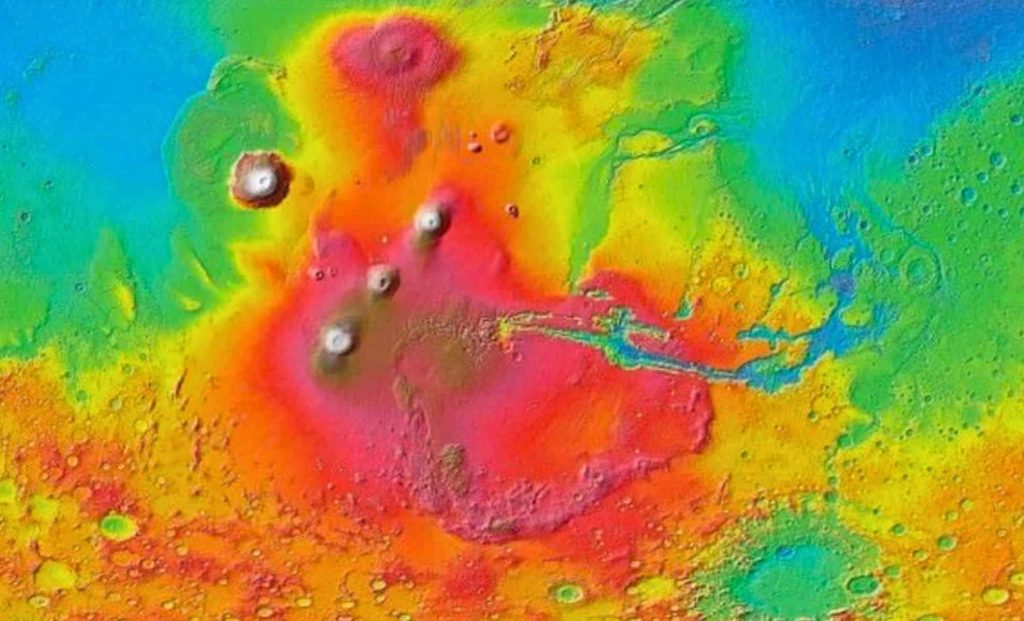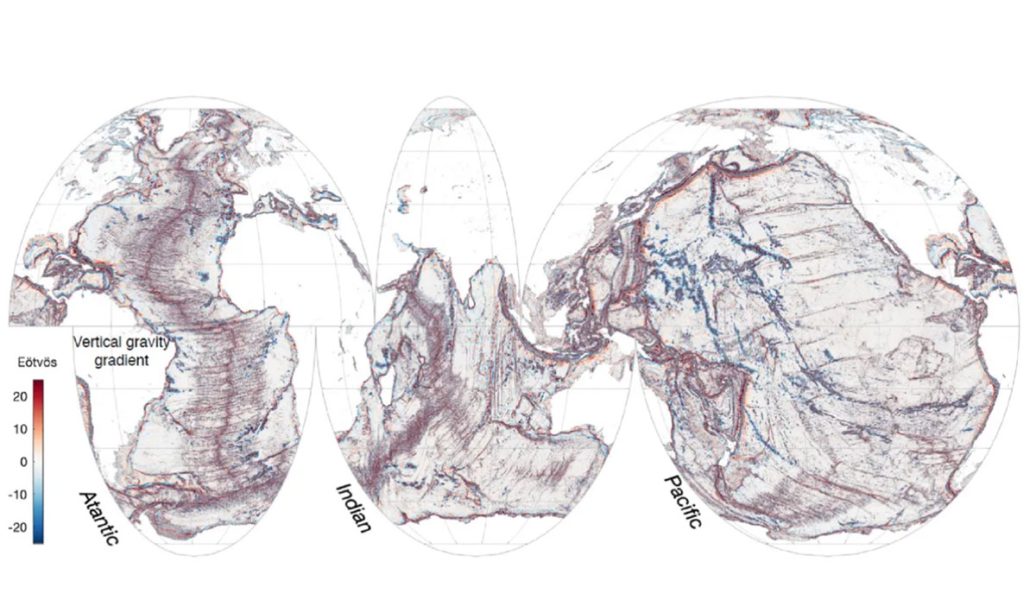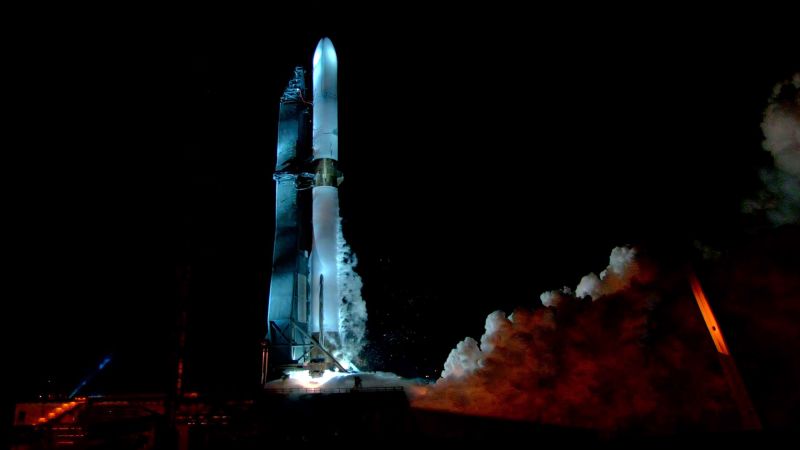Mysterious Giant Structures Beneath Mars’ Surface Challenge Geological Theories – The Daily Galaxy –Great Discoveries Channel

Beneath the surface of Mars, colossal structures have been discovered, defying long-held geological theories. These massive anomalies, hidden deep within the planet, could hint at future volcanic activity or even challenge our understanding of planetary science. What secrets do these underground formations hold, and how might they reshape our view of the Red Planet? From towering volcanoes to enigmatic polar plains, Mars continues to surprise us.Recent discoveries beneath the surface of Mars have left scientists both baffled and excited. A massive underground anomaly, along with other dense structures, has been detected, potentially reshaping our understanding of the Red Planet’s geology and future. These findings could challenge long-standing geological principles and hint at active processes still occurring deep within Mars.Mars has always been a focal point for planetary exploration, with its surface features and geological history offering clues about its past and potential for future activity. Recent research has uncovered a colossal underground mass beneath the Tharsis Montes region, home to Olympus Mons, the largest volcano in the solar system. This discovery, along with other gravitational anomalies, suggests that Mars may still be geologically active, defying conventional theories.At the heart of this discovery is a 1,750-kilometer-wide underground mass, situated at a depth of 1,100 kilometers beneath Tharsis Montes. This region is home to some of the largest volcanoes in the solar system, including Olympus Mons, the tallest volcano and mountain on any known planet. Researchers, led by Bart Root of Delft University of Technology, propose that this anomaly is a mantle plume, an immense upwelling of hot, buoyant material from Mars’ interior.The significance of this mantle plume extends beyond the geological curiosity it inspires. The researchers wrote, “There seems to be a big mass (something light) deep in Mars’ layer, possibly rising from the mantle. It shows that Mars might still have active movements happening inside it, making new volcanic things on the surface.” If confirmed, this finding suggests that Mars could remain volcanically active, a revelation that redefines our understanding of the planet’s internal dynamics.The discovery contradicts the principle of flexural isostasy, which states that heavy loads on the lithosphere cause it to sink. Instead, the Tharsis Montes region is elevated, indicating that the massive underground structure is pushing it upward. This challenges existing geological models and suggests that Mars’ lithosphere behaves differently than previously thought.Researchers have identified a colossal underground feature spanning approximately 1,750 kilometers (1,000 miles) in diameter at a depth of 1,100 kilometers (684 miles). This anomaly lies beneath the Tharsis Montes, home to Olympus Mons, the largest volcano in the solar system. The team, led by Bart Root of the Delft University of Technology, suggests the structure may be a mantle plume—a vast upwelling of material from deep within Mars.The mantle plume theory suggests that Mars could still host active internal processes. “It shows that Mars might still have active movements happening inside it,” the researchers note, indicating the possibility of future volcanic activity. If this plume reaches the surface, it could potentially ignite volcanic activity on the Red Planet once again.In addition to the massive anomaly beneath Tharsis, researchers have identified dense structures beneath Mars’ northern polar plains. These features, buried under thick sediment layers, are 300 to 400 kg/m³ denser than their surroundings. Their origin remains unclear, but they could be remnants of ancient volcanic activity or compacted material from impacts.Unlike similar anomalies on Earth’s Moon, these dense structures leave no visible traces on Mars’ surface. This makes them particularly intriguing, as their presence can only be inferred through gravitational data. One of these structures even resembles the shape of a dog, adding a touch of whimsy to the scientific mystery.To fully understand these anomalies, scientists propose the Martian Quantum Gravity (MaQuls) mission. This mission would use advanced gravity-mapping technology to study Mars’ subsurface in greater detail, shedding light on its geological history and ongoing processes.The discoveries suggest that Mars may be more geologically dynamic than previously believed. The potential for mantle plumes and future volcanic activity indicates that the planet is not entirely dormant. This could have implications for future exploration and the search for signs of past or present life.The findings challenge conventional geological theories, particularly flexural isostasy. By rethinking how Mars’ lithosphere responds to internal forces, scientists can develop new models that better explain the planet’s surface features and subsurface structures.These groundbreaking discoveries suggest that Mars is far from a static world. With hints of a still-active mantle and the possibility of future volcanism, the Red Planet’s geological story is evolving. As new missions like MaQuls advance, scientists may soon uncover even deeper insights into Mars’ ancient past and its dynamic future.Got a reaction? Share your thoughts in the commentsEnjoyed this article? Subscribe to our free newsletter for engaging stories, exclusive content, and the latest news.Comment Save my name, email, and website in this browser for the next time I comment.
© 2024 | Daily Galaxy | All rights reserved






